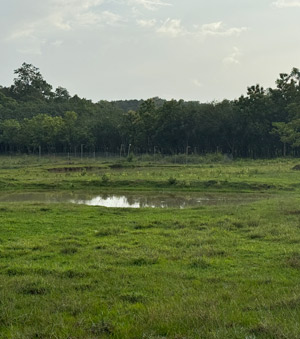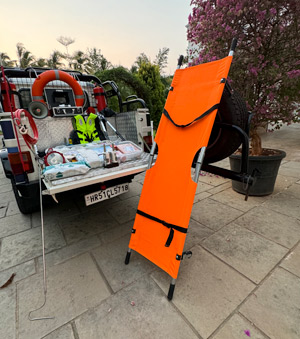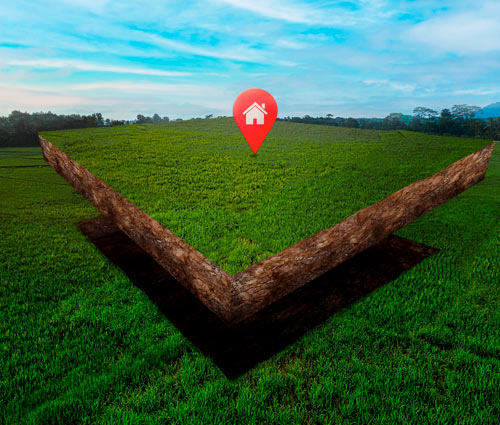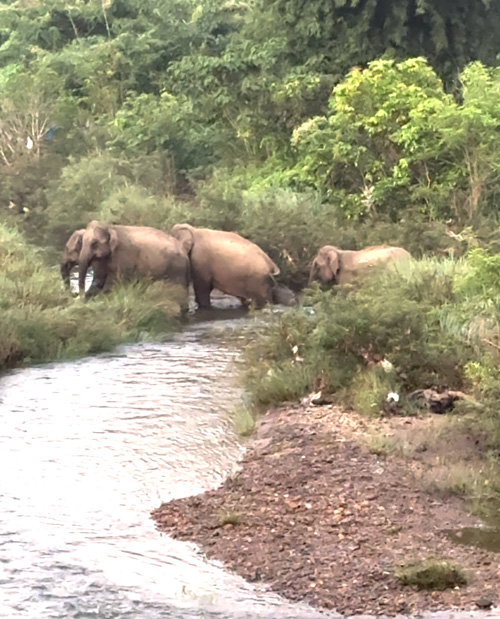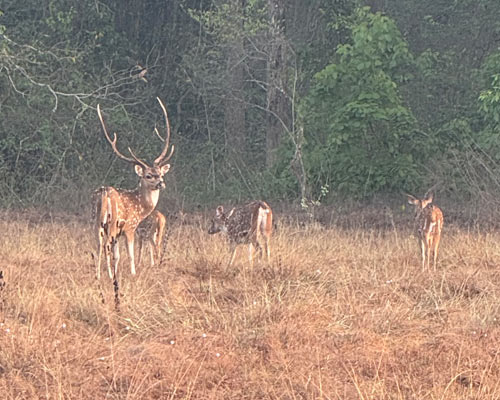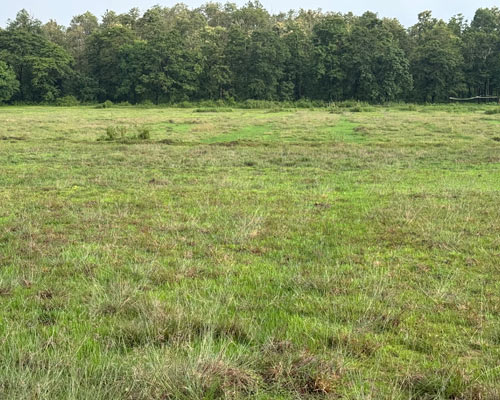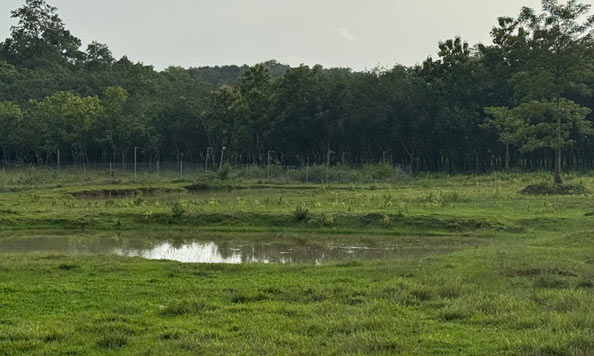
What We Do
Natural Water Sources
The land is home to seasonal and perennial streams, rain-fed ponds, and underground aquifers that support both wildlife and vegetation year-round. These water sources are essential for the survival of elephants, deer, monkeys, birds, and many smaller species, especially during dry spells.
What We Do
Minimal Human Interference
Our land remains untouched by commercial activity or construction. With no harmful fencing, pollution, or agricultural chemicals, the entire 25-acre stretch remains wildlife-friendly, allowing animals to graze, rest, and migrate freely. Human access is strictly controlled for conservation purposes.
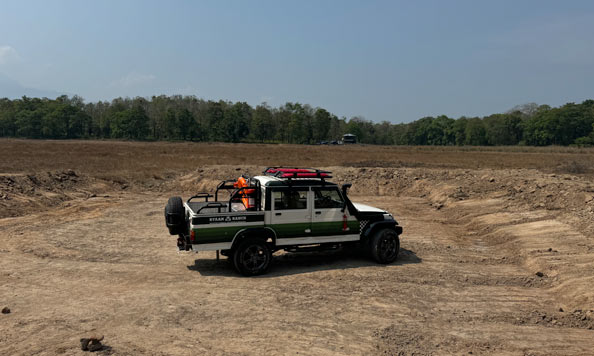

What We Do
Future Eco-Lodging (Planned)
We envision developing low-impact eco-lodging facilities such as wooden cabins, forest tents, and tribal-style huts—crafted using sustainable materials like Nilambur teak and locally sourced bamboo. These facilities will:
Host researchers, conservation interns, and nature enthusiasts
Operate on solar energy and zero-waste principles
Offer immersive experiences such as nature trails, birdwatching, and forest meditation
This project will be developed without disturbing wildlife movement, ensuring that nature remains the primary resident of the reserve.
What We Do
Live Wildlife Camera (Planned)
To enhance transparency, education, and engagement, we are planning the installation of live camera traps and streaming stations in non-intrusive zones of the reserve. These will:
Monitor elephant movement and animal health
Help scientists and conservationists observe natural behavior
Allow global audiences and students to witness real-time forest life

What We Do
A Safe Passage for the Wild
The Ryaan Ranch Reserve lies directly within a known elephant corridor, used by wild herds to travel between feeding and resting zones. Our land has become a trusted resting and grazing site—offering natural fodder, water, and undisturbed silence. We regularly observe:
Elephants passing through peacefully at night
Leopards, wild boars, and sambar appearing on trail cameras
Endemic birds, butterflies, and reptiles thriving in our undergrowth
By keeping this land open and wild, we offer not just shelter—but respect to these rightful inhabitants of the forest.
